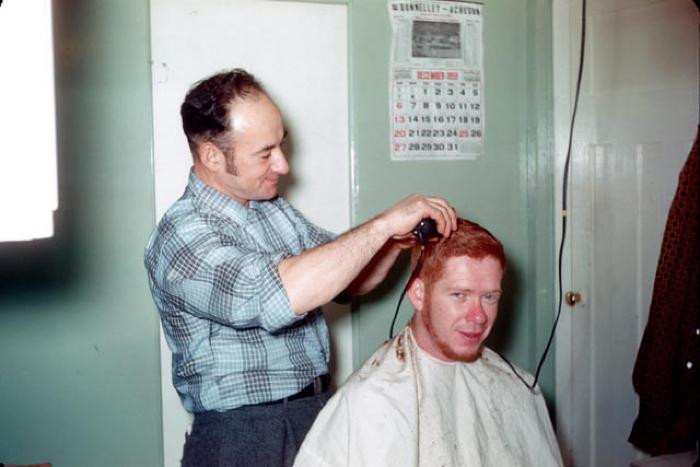Hair — Nuyat

Before the adoption of western hairstyles in the mid-nineteenth century, Alutiiq men and women wore their hair long. Men typically cut their hair at the shoulders and braided it. Women cut bangs across their foreheads but let their hair grow down their backs. A woman’s long hair was typically braided, or folded and tied at the back of her head. Like clothing and jewelry, special hairstyles were worn for different occasions. For winter festivals, people greased their hair with seal oil and adorned it with ochre and white feathers. And at the death of a close family member, mourners blackened their faces with soot and cut their hair short.
Hair also had economic and spiritual functions. Human hair was used to suture wounds. Hairs from both animals and people were used in embroidery, particularly the white chest hairs of caribou. Kodiak Alutiiq people obtained these hairs in trade with the Alaska Peninsula. The hairs were dyed and then used to decorate garments, caps, skin bags, and even boots.
According to traditional beliefs, the hair was a resting place for the soul. For this reason, shamans often used human hair on their dolls. Such dolls represent people who were waiting to be reincarnated, or they might reflect living people the shaman wished to harm. A shaman would carve a wooden replica of a person, attach a piece of the person’s hair or clothing, and then harm the doll by cutting it, burning it, or sticking it with pins. The doll was then left for the person to find. This practice was believed to cause illness.
